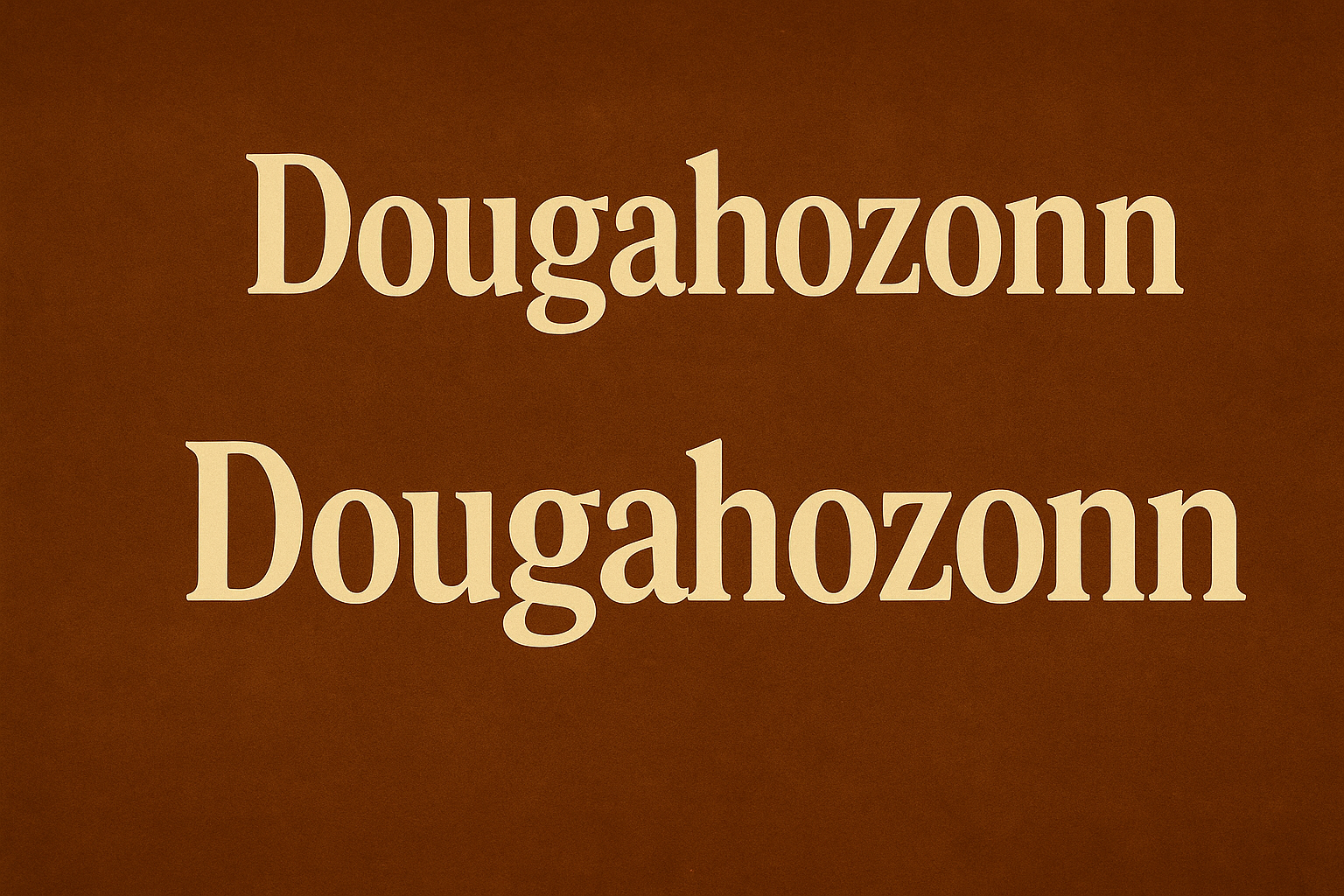Erothtos: Looking at the Story, Its Importance
Erothtos is an interesting word that makes people curious. It has old origins and different meanings in areas like mythology, literature, philosophy, and even today’s pop culture. Erothtos may not be as famous as Eros or Aphrodite, but it relates to love, desire, passion, and the complicated nature of human relationships. In this article, we’ll look at where Erothtos comes from, what it represents, and how it connects to modern conversations.
The Story Behind Erothtos in Mythology
In ancient Greek culture, love and desire were represented by strong gods and ideas. Eros, the love god, symbolized more than just romantic feelings; he also stood for the power behind creation and life. Erothtos might not be a big name in classical mythology, but it is believed to be connected to ideas about love and desire, possibly as a poetic way of saying “the beloved” or “the one who is wanted. “
Some researchers believe that “Erothtos” might have been used in old writings or local speech to refer to a loved one. This term often appeared in poems or plays where feelings of desire and unrequited love were common. The term shows that the ancient Greeks had a deep understanding of love. They saw it as something that can bring both happiness and suffering, as well as inspiration and chaos.
Erothtos in Literature and Art
Erothtos is a theme found in literature and art. It refers to deep feelings of love and passion. In stories, poems, and paintings, artists express these emotions in different ways. They explore the joys and struggles of love, showing how it can be beautiful and challenging. Through characters and images, they capture the essence of love, making us think about our own feelings and experiences.
Throughout history, different forms of the word Erothtos have shown up in classical poetry. This is especially true in the writings of poets like Sappho and Theocritus, where themes of desire, beauty, and emotional openness are important. In visual art, figures representing Erothtos — the beloved — are usually shown as young and bright beings. They attract the heart of those who admire them, representing the perfect mix of physical and spiritual beauty.
In later European literature, similar themes to Erothtos can be found in courtly love traditions. In these stories, the beloved is idealized, and the lover goes through challenges and pain because of their love. The idea of Erothtos — the perfect but often unattainable object of love — still inspires poems, songs, and visual art.
Philosophical and Psychological Interpretations
Today, the idea of Erothtos can be found in books, movies, and online places. Here, themes of desire, admiration, and emotional bonds are still important. In romantic books, movies about love that isn’t returned, and on social media where people show off their idea of the “perfect partner,” the idea of Erothtos — the person we want but might never get — is a big part of our stories.
Also, Erothtos can mean more than just love; it can stand for any deep desire or goal that inspires us, like a person we admire, a dream we chase, or a meaningful mission we believe in.
Conclusion
Erothtos might not be as well-known as other classic words, but it talks about feelings that everyone understands: love, wanting someone, and the search for connection. Erothtos shows us the lasting power of longing. This feeling affects our emotions, art, and experiences, whether we look at it through myths, stories, philosophy, or our everyday lives.











Post Comment